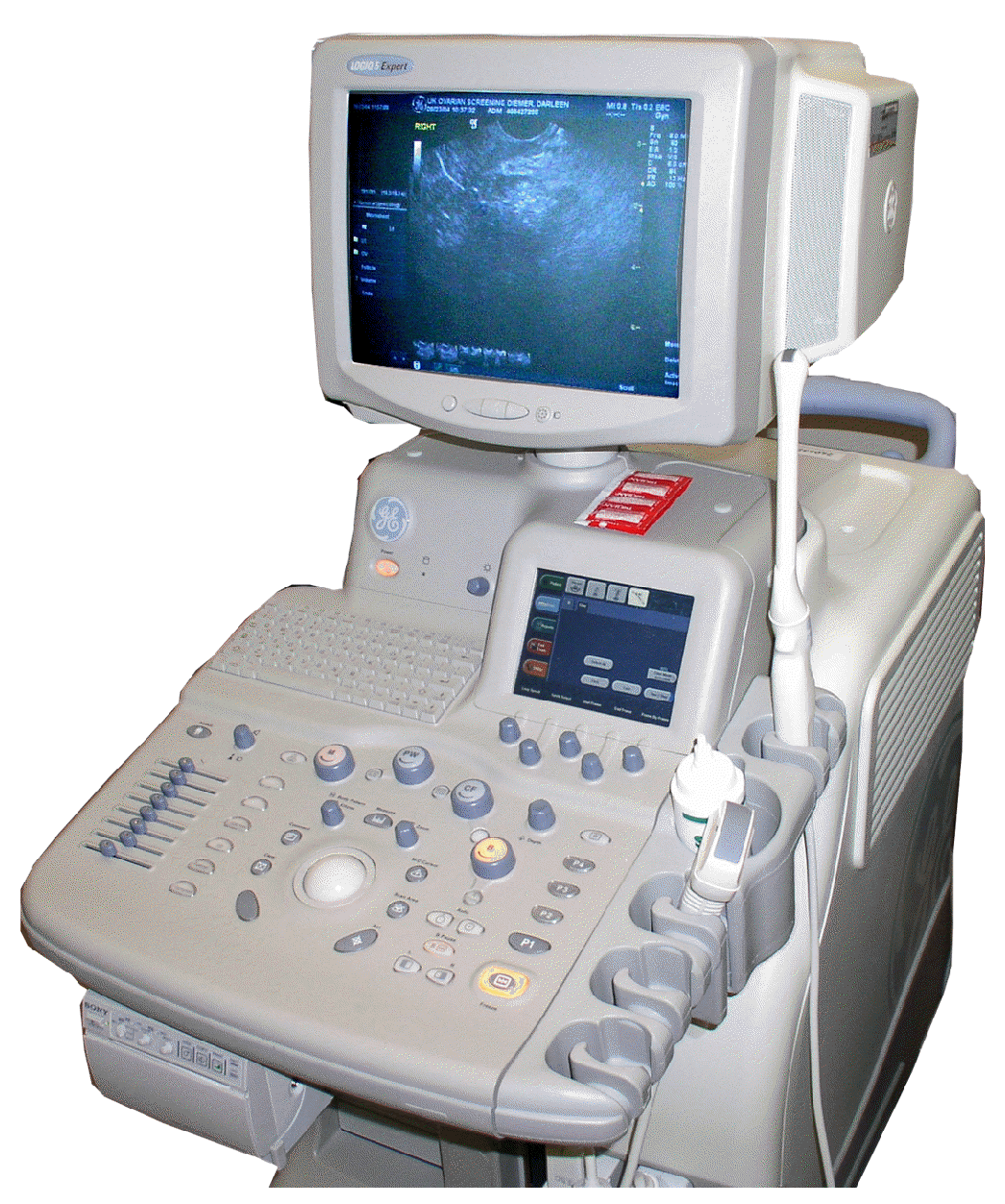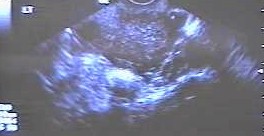| Genes,
Heredity & Predispositions to Ovarian Cancer
Although
most ovarian cancers (90%) occur spontaneously (i.e. by chance),
10% of women with ovarian cancer have inherited DNA alterations
that predisposed them to ovarian cancer. Three hereditary
syndromes can predispose to ovarian cancer:
1. Hereditary
breast-ovarian cancer syndrome due to mutations in the tumor
suppressor genes BRCA1 and BRCA2;
2. Hereditary
Non-Polyposis Colorectal Cancer (Lynch syndrome); and
3. Hereditary
site-specific ovarian cancer.
1.
Hereditary Breast-Ovarian Cancer Syndrome
A
breast/ovarian cancer susceptibility gene is carried in ~10% of
women with ovarian cancer. The risk to these women decreases
with age and is estimated to be 14% for women 31-40 yrs of age,
dropping to 7% for women 51-60 yrs of age. Gene carriers have
a > 15-fold increased risk of ovarian
cancer relative to non-carriers. The lifetime risk for ovarian
cancer in the general population is 1.3%, while estimates for
gene carriers range from 10-60%. Mutations in BRCA1 and BRCA2
genes together have been estimated to account for 85% of
breast-ovarian cancer families.
Both BRCA1 and BRCA2 genes are transmitted in an autosomal
dominant fashion. Certain ethnic groups, such as Ashkenazi Jews,
have high rates of specific mutations of these genes.
BRCA1.
Mutations in BRCA1 are associated with increased risk for breast
and ovarian cancer. The increased lifetime risk of breast cancer
is estimated to be 55-85%, while the increased lifetime risk of
ovarian cancer is 20-40%, with some studies setting it as high
at 60%. The proportion of ovarian cancers in the general
population attributable to this gene is estimated to be 5.9% for
women under 30 years of age, and steadily declines with
increasing age, dropping to 1.8% for women who are 61-70 years
of age. Consideration that suggest the involvement of
BRCA1 mutation in the family include:
- Two
or more cases of ovarian cancer in the family
- Breast
and ovarian cancer in the same woman
- One
or more cases of pre-menopausal breast cancer with or
without a case of ovarian cancer diagnosed at any age
- Two
or more cases of post-menopausal breast cancer and one or
more cases of ovarian cancer diagnosed at any age
- Male
breast cancer
BRCA2.
Mutations in the BRCA2 tumor suppressor gene are also associated
with high rates of breast and ovarian cancer. The lifetime risk
of breast cancer has been reported to be similar to that of
BRCA1 (55-85%), while the lifetime risk of ovarian cancer is
estimated to be 10-20%. Mutations in BRCA2 are also associated
with a 5-6% risk of male breast cancer, as well as increased
risk of pancreatic cancer and melanoma. Indications of mutation
in BRCA2 are similar to those outlined for BRCA1, and include a
family history of pancreatic cancer in addition to breast and/or
ovarian cancer.
2.
Hereditary Non-Polyposis Colorectal Cancer (Lynch syndrome II)
Hereditary
Non-Polyposis Colorectal Cancer (HNPCC), also known as Lynch
syndrome II, is a hereditary syndrome associated with a
significant lifetime risk of colorectal cancer (80%), and is
typically diagnosed at age 40-50 yrs. Endometrial (uterine)
cancer associated with HNPCC is ~40%, and the risk of ovarian
cancer is ~10%. Stomach, small bowel, urinary tract, and biliary
tract malignancies are also associated with HNPCC.
HNPCC
is associated with germline mutations of mismatch repair [MMR]
genes, causing widespread genomic instability, or a hypermutable
state, which allows mutations to accumulate. Genetic testing is
available for HNPCC, and involves five causative genes.
Consideration that suggest the involvement of of HNPCC include:
- Three
or more closely related family members with colorectal
cancer or another HNPCC-associated cancer, AND
- Colorectal
cancer involving at least two generations, AND
- One
or more colorectal cancer cases diagnosed before age 50
years.
HNPCC
should be considered in a family with one case of early-onset
colorectal cancer AND one case of ovarian cancer diagnosed at
any age.
3.
Site-specific Ovarian Cancer
Site-specific
ovarian cancer syndrome refers to families that only demonstrate
ovarian malignancy. This syndrome is the least common of the
three hereditary cancer syndromes and is characterized by
increased risk of ovarian cancer. It has been suggested that
most families with this syndrome are linked to mutations in the
BRCA1 gene.
Characteristic
of Familial Ovarian Cancers. Familial ovarian cancers occur
at a younger age than sporadic ovarian cancers. For BRCA-associated
ovarian cancer, the average age at diagnosis is ~50 years, and
~40 years for HNPCC. The stage distribution is similar to
sporadic cases. Tumors are usually papillary serous carcinomas
with similar features to sporadic tumors. The prognosis for BRCA-associated
familial cases appears to be better than for sporadic cases.
Overexpression of the HER2/neu gene in familial ovarian cancers
often occurs.
|

 Services
Services Our Mission:
Our Mission: Contact Us
Contact Us
